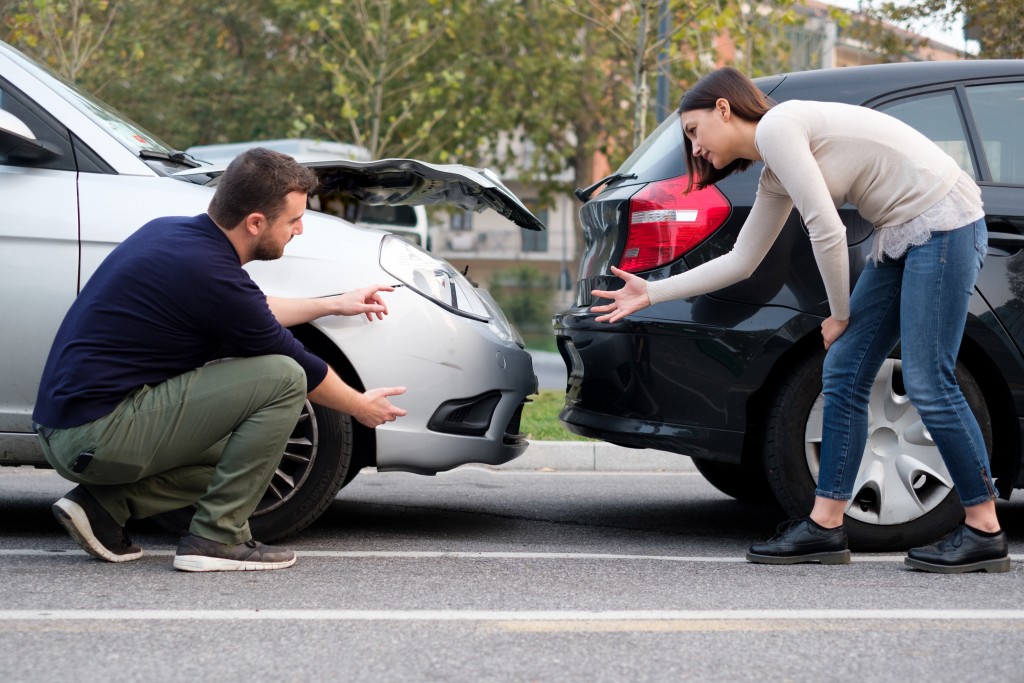Road accidents have become a given and yet most drivers have the mindset that these accidents would not happen to them. What does it take to make our roads safer for everyone
The World Health Organization approximates that every year, 1.35 million people die of road traffic injuries around the world. That figure, unfortunately, does not alarm people like epidemics and pandemics do. On top of deaths, some injuries lead to lifelong disabilities.
There are two general steps to convince people to change their behavior. The first would be to strictly impose it by legalities. The second is harder but more sustainable — convincing people that it is for their good.
Imposition of Laws
One of the driving reasons for drivers to follow road safety rules is the fear of fines and penalties. Once laws are passed and offenses are defined, motorists can be apprehended if they violate the rules. However, it only works if the implementing agencies are functioning well. Meaning, the motorists will be diligently monitored for compliance.
Fortunately, there are already devices that can aid personnel tasked to do this. There are surveillance devices on most major roads. The traffic police also conduct tests with stalker radar guns, and do random checkpoints to review vehicle and driver’s documents. There are also lawyers who are specialized in trucking laws and everything related to road traffic so motorists’ rights are also protected.
But at the end of the day, when a motorist feels that no one is there to check, it is easy to break the rules. It is these moments of lack of caution that eventually lead to accidents.
Changing the Heart and Mind

The passing of and imposition of laws will have to be complemented with an information and education campaign (IEC) if it is these ‘blind’ times that we wish to address. In fact, beyond an IEC, it is better to aim for a social and behavioral change communication (SBCC) plan.
What is an SBCC?
SBCC had developed from the need to use communication as among the tools in addressing health issues. Simply put, it seeks to provide information through appropriate means to individuals or populations largely unaware of a situation and encourage them to act positively (through a behavioral change) towards a solution. It is not as passive as IEC — although IEC is part of it — but seeks to convince people in the end to change their behavior.
For example, a health issue that an SBCC campaign could look at is the mortality rate of newborn children in some low-income countries. Instead of focusing on environmental factors — although these are also important to consider if they are relevant to the situation — the SBCC would typically look at the behavior of pregnant women. Poverty could be a given. But because of poverty, how are the women behaving? Do women from different economic classes behave differently? Could this behavior be changed on their own? How? Will there be a need for policy amendments?
How Can SBCC Be Applied to Road Traffic Injuries?
Similar to convincing people to change their behavior to solve health issues, it would be the same for road traffic problems. In a given area, what is the common profile of those who get into road accidents? What are their behaviors? Could these be changed with simple information? How could their behavior be changed? Is there a need for new rules or is it just the implementation of these rules?
The reasoning process is the same. It is just the kind of problem that you are trying to address that is different.
What Are the Steps in an SBCC?
Over the years, there have been SBCC models developed. Detailed plans have up to as many as 12 stages. But to be brief, the most important steps are: 1) articulate your goals, 2) identify your main stakeholders, 3) define your objectives per stakeholder, 4) develop a strategy how you could reach your objectives, 5) develop the IEC products you would need, 6) implement and monitor your strategy.
It is important to note that in all the six steps enumerated above, flexibility is needed. The plan is being developed and will be implemented in a dynamic society so any time key elements could change. Perhaps a new bill has been passed, perhaps the government has introduced new programs. Maybe a major accident occurred that created an impact on your target population.
Ultimately, to create a safer space for motorists, passengers, and pedestrians, we want the people to value life. Fines and penalties are effective at the start, but this should not be what drives people to be conscious of road safety. Fear can only go so far. This is why negative messaging — ads or reminders to people that seem threatening — is not as effective as positive campaigns. You want people to envision a future that is beneficial to them so that they would want to act by themselves to get to this future.
